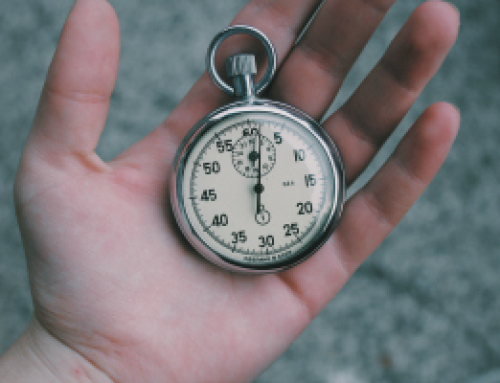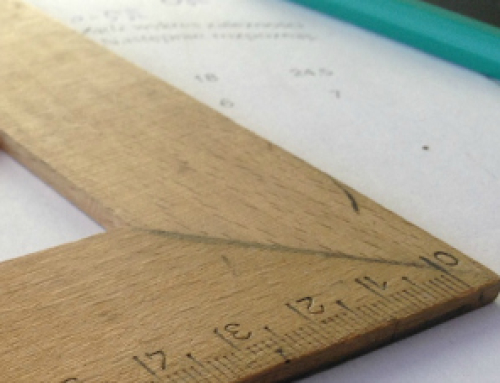 Ask this question and you’ll no doubt hear a resounding “NO!” from most mortgage professionals. In a way they’re right, but in reality, you can use borrowed money for your down payment with limitations. And any payments due on the loan will be included in your total debt ratio. This could impact the total amount you can borrow.
Ask this question and you’ll no doubt hear a resounding “NO!” from most mortgage professionals. In a way they’re right, but in reality, you can use borrowed money for your down payment with limitations. And any payments due on the loan will be included in your total debt ratio. This could impact the total amount you can borrow.
But let’s hold off on that thought for a minute.
The first thing to consider with borrowing closing funds is when you borrowed them.
60 Days Seasoning – In fact, the more important point is, you will need to document 60 days’ “seasoning” on any funds you use for your closing. “Seasoning” means you need to show that you’ve had those funds on hand (in a deposit account) for at least 60 days. You cannot hold the money at home in a safe, or cookie jar or similar set up. The lender will want to see that the funds have been in an account with your name on it, for at least 60 days (some can ask for 90 days but that is unusual). Why? The lender wants to determine a few things:
- You have the ability to save money
- The money was not obtained illegally
- The money did not come from an undisclosed loan
- You have a bit of “skin in the game” when it comes to being invested in your new home. The thought behind this last point is that someone with a portion of their own cash in the home will be less likely to walk away from the home without paying the mortgage.
Certain loan products are available with no money down, or which allow you to borrow certain portions of the funds needed for closing, but in general, you must show that these funds are yours legally and without strings attached. To show ownership of funds, you will need to provide 2 months’ worth of bank statements. The lender will use an average balance based on those two months, so make certain that the actual deposit of any borrowed funds is long enough in the past that it doesn’t show on the statements themselves. Otherwise, any large deposits (usually larger than a standard paycheck) will be questioned, require documentation of source, and can put your purchase in jeopardy.
So Back to the Payments Question.
Payments on a Loan Can Impact Your Debt Ratio.
That’s right. When you borrow money, you have to repay it. That fact shouldn’t be a surprise to you. If you draw money from a credit card and stick it in a deposit account, and it sits there for two months, the lender isn’t going to question the source of those funds. But the payments on that card will be included in your total debt ratio. That results in those borrowed funds reducing the amount of money you can borrow in a mortgage, since all lenders have a maximum allowable total debt ratio. Usually 36%, but sometimes as high as 45% depending on the mortgage amount, your credit score, property type and many other factors. Remember too, that higher credit card balances, or maxing out your cards, can have a negative impact on your credit score. This can also limit your chances of approval.
So How Do I Calculate My Debt Ratio?
To calculate your debt ratio (also called DTI, back ratio, back-end ratio, or total debt-to-income ratio) use the following calculation.
Total Monthly Recurring Debt ÷ Monthly Gross Income (before tax) = Debt-to-Income Ratio
Keep in mind that your total monthly recurring debt for this calculation will include:
- Mortgage payment (principal and interest)
- Homeowner’s insurance premium
- Real estate taxes
- Private mortgage insurance (if applicable, and usually required for purchases with less than 20% down)
- Condo/HOA fee (if applicable)
- Land rent (if applicable)
Plus, all your credit card payments, auto loans, student loans, unsecured loans, etc.
With credit cards, many lenders use a percentage of your outstanding card balance, rather than the payment allowed by the credit card company. And if you have a card with a special “no payments for 6 months” style of repayment option, they will still consider a payment for that card.
Remember – You can estimate figures to check your DTI, but each lender has their own guidelines. Yours will only be an estimate.
Another Option: Borrowing Your Own Money
Acceptable sources for newly borrowed funds include funds that are secured by collateral (an auto loan, a loan against your 401K, certificates, stocks, bonds, and loans against artwork, collectibles, etc). This is considered a “return on assets”, in fact, value you actually own anyway. But keep in mind, the rule about counting payments on these funds is the same. If you owe a monthly payment on the loan, it will be considered in your DTI.
The other option is to do an early withdrawal of funds from a retirement account. There are parameters around this type of withdrawal in order to avoid penalties and/or tax implications, but if you are purchasing a first home, or haven’t owned a home in at least 2 years, an early withdrawal may be an option. It’s best to discuss this with the company holding the funds, and your financial advisor to ensure this is the best option for you. Give serious thought to taking this route OR borrowing funds at all for a down payment, or closing costs. Retirement funds should really be for retirement and only drawn out early in the case of a serious financial hardship event.
As with any funds used for your closing or purchase, you will be required to document existence of these funds in your name to begin with, and then the withdrawal of the funds. If you are going to have to repay the funds, you’ll also need proof of any payments that are due.
It’s Possible to Use Borrowed Funds, But Not Optimal
Borrowing money and maxing out credit cards puts you in a very dangerous financial position. As a first time homebuyer, if you have spent every penny you have just to buy the house, you will have no real reserves (other than the required 2 months) to help if an emergency arises. Ask any homeowner, houses are a constant expense. Systems can break down without warning. Once in your new home you’ll probably want to buy furniture. If you’ve bought a fixer upper, some unexpected expenses for plumbing or pest control or electrical work can spring up and you’ll be looking for thousands of dollars, which will quickly drain your meager remaining funds. Just remember, homeownership has costs beyond that initial closing.
No Money Down and Low Down Payments
Thankfully, these days there are other options out there that allow for smaller down payments or even no down payment at all. These provide you with a way to purchase a home without having to save up a full 10% or more of the purchase price, plus all your closing costs.
- VA Loans
- USDA Loans
- FHA Loans
- First Time Homebuyer Loans (usually as little as 3% down and no PMI!)
There are fees with some of these options, but many times they can be included in the loan amount, or are the responsibility of the seller.
Lenders want to make loans to people, but they want to make certain you’ll be able to pay that loan back, even when you run into an unexpected expense or emergency. If you’re trying to save up money for a home, it can seem like it takes forever, but there are many options out there for you. If you do your research and ask your lender for suggestions, you may find that new home a lot closer than you think.
Sources













Follow Us